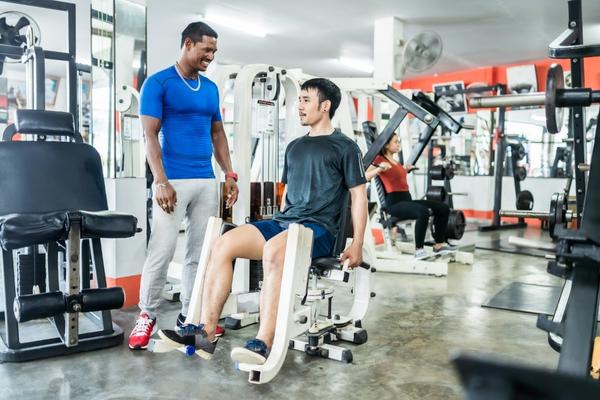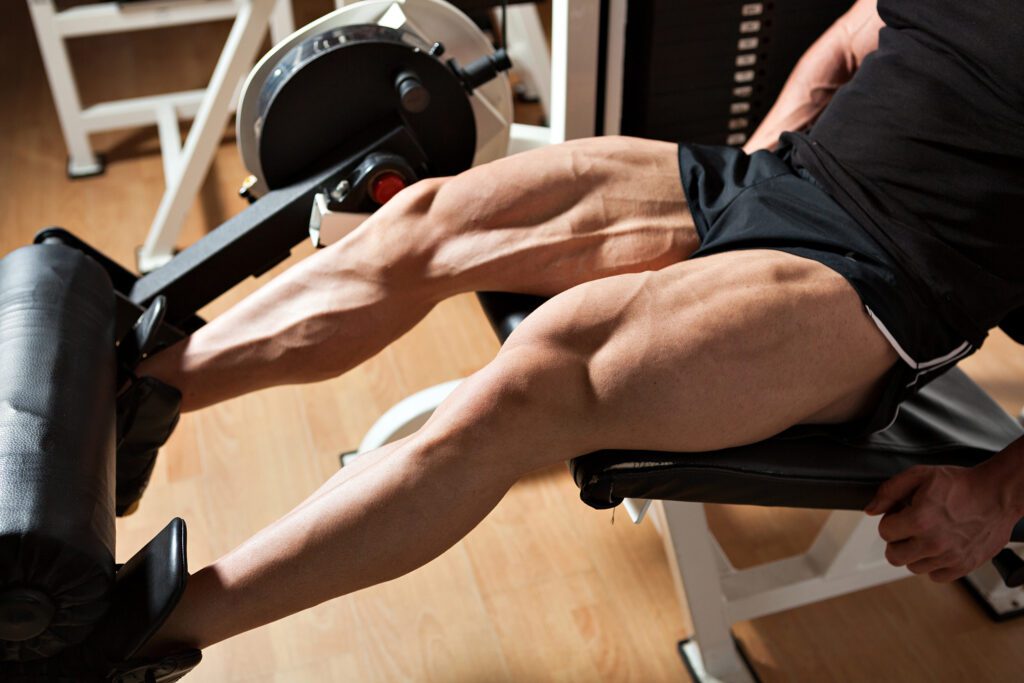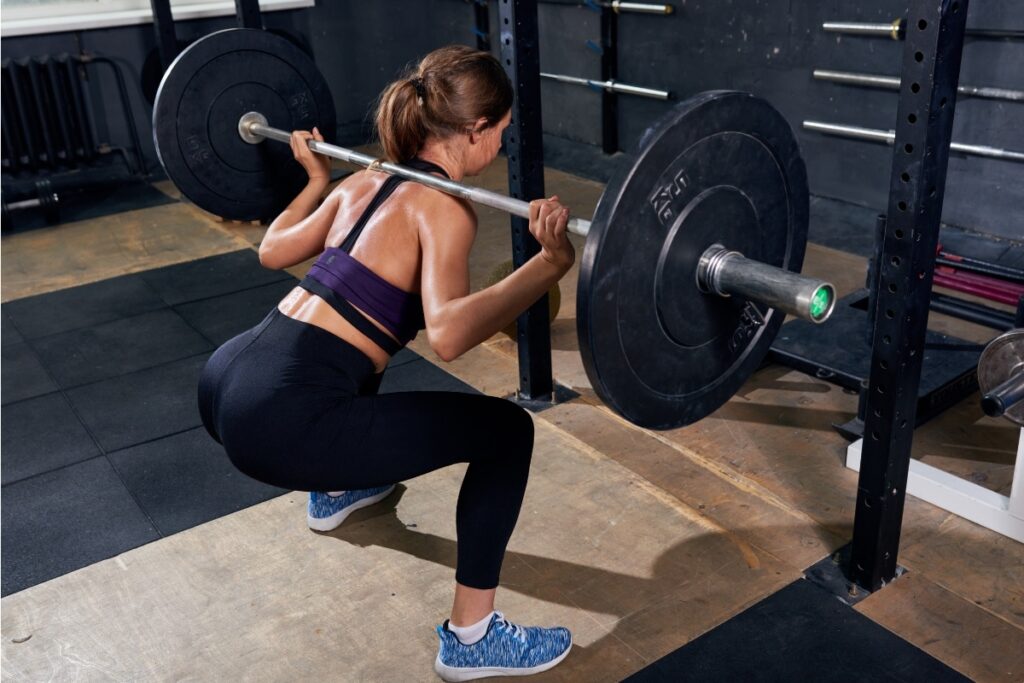Why do you need to make time for abduction and adduction exercises? The abductors and adductors are muscles that control the movement of your hip. They also help stabilize your pelvis, lower back, and knees. Hip abductor exercises isolate the outer side of your thigh, while hip adductor exercises isolate the inner side. Both are important for the balance and stability of your hips and lower body.
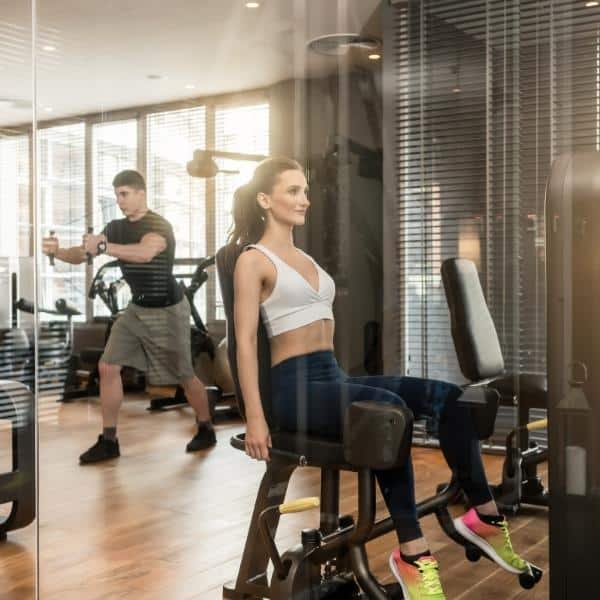
Abduction Definition
To move a body part away from the centerline of the body. The adductor muscles are those which move a limb toward the midline of the body. The abductors are responsible for moving limbs away from it. Abduction describes movements like raising your arm over your head or kicking out to hit something with your foot.
Best Hip Abductor Exercises
- Clamshells: This exercise works your gluteus medius, one of the four muscles that make up your hips. Clamshells are a perfect exercise to strengthen this muscle and improve your hip abduction.
- Fire Hydrants: These exercises target the gluteus medius and gluteus minimus muscles in your bum. If you’re looking to build a better butt by strengthening these muscles, fire hydrants will help!
- Side Leg Raises: Side leg raises are significant for strengthening both sides of your gluteal muscles. In addition, they help build strength in the backside so that when squats come along later down the track, they’ll be more accessible than ever!
- Side Plank with Leg Lift: The side plank with leg lift is excellent because it targets both sides simultaneously rather than isolating one side (like some other variations do). It also helps strengthen core abdominal muscles and eliminate any lingering soreness from previous workouts or injuries.”
Adduction Definition
Adduction is a movement that brings the legs together. This can be done with either weight or body weight alone. The adductor muscles are located on the inner thigh and groin area. They are responsible for bringing the legs together, flexing at the hip joint, and extending at the knee joint to complete an exercise like a lunge or squat.
The primary purpose of adduction is to strengthen your hips, which makes it essential if you want to prevent injuries while doing any activity that involves running or jumping. It can also improve your balance, making it easier to stand up straight without falling over when someone bumps into you unexpectedly.
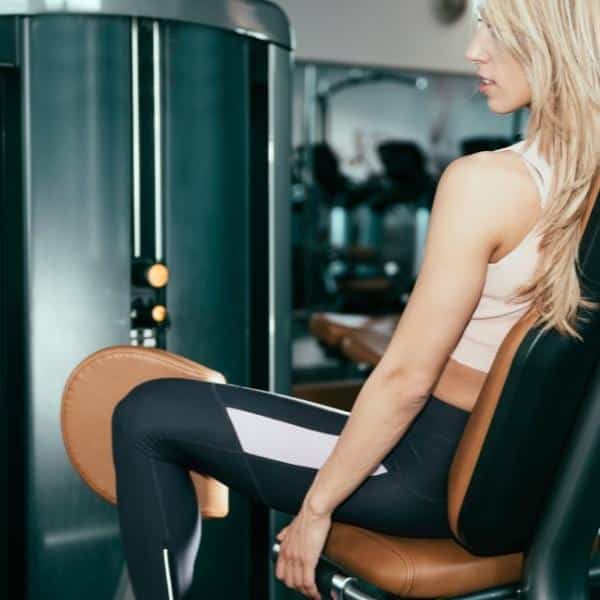
Best Hip Adductor Exercises
Standing Hip Adduction: This is one of the best ways to work on your adductors at home or the gym.
Copenhagen Side plank: This exercise focuses on your adductors, obliques, and glutes. It’s also great for helping you build core strength that can help prevent injury when running and playing sports!
Side-Line Hip Adduction: This exercise uses a resistance band to help you strengthen your adductors while improving balance and coordination. It’s an excellent choice for anyone who wants to build muscle without putting too much stress on their joints!
Squat Side kick: This exercise is excellent for targeting both thighs simultaneously so that you don’t have to spend time switching between sides (this makes it easier to get in more reps without taking breaks). It’s also an excellent way to improve overall leg strength.
Muscles Worked
Adduction is the movement of your legs toward each other. Abduction is the movement of your legs away from each other. For example, when you walk or run, your right knee bends, and your left thigh abducts (moves out) to create a step forward with your right foot.
The muscles involved in hip adduction exercises include:
- Adductor Magnus
- Adductor Longus
- Adductor Brevis,
The muscles used for hip abduction exercises include:
- Gluteus Medius
- Gluteus Minimus,
- Tensor Fasciae Latae
These muscles also help extend and externally rotate your hips, which are basic movements for maintaining good posture when walking upright on two legs instead of four paws!
Steps to Perform Hip Abductor Exercises
- Lie on your side with your legs straight and together.
- Lift your top leg away from your bottom leg, keeping it straight.
- Hold for 5 seconds and then lower the leg back down
Steps to Perform Hip Adductor Exercises
To perform hip abduction exercises,
- Step with your right leg, bending your right knee as you start to move your hips back.
- To go back to standing, step with your right leg.
- Repeat 10 times on both sides, then rest for 30 seconds before repeating this exercise.
Here is a list of the Best Benefits of Abduction and Adduction Exercises:
Strengthen the Hip Area
You can strengthen the hip area by supporting the abductors and adductors. A hip area is a complex group of muscles that make up the hip joint. These muscles are responsible for many of the movements we take for granted, like walking and running. Unfortunately, as we grow older, these muscles can become weak and prone to injury.
Hip abduction and adduction exercises strengthen the hip area by increasing the range of motion in the hip joint. This means you’ll be able to move more freely as you age.
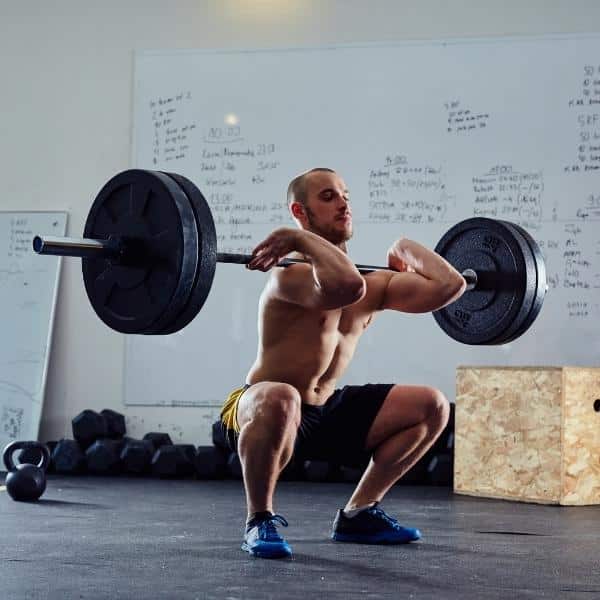
Prevent Pain and Potential Injury
Injuries to the hip area can occur in many ways. From falls and slips to sports injuries, there are many ways that a person can hurt this part of their body. Hip abductors and adductors are essential for helping stabilize your hips and giving you better control during movement and exercise. If one or both sets of muscles is weak, it could lead to injury because they won’t be able to support the joint properly.
Strengthening the Hip Abductors
Hip abduction and adduction exercises strengthen your hip abductors, the muscles that move your legs away from each other. These muscles are used when you walk or run and help protect your hips.
When you do these exercises, you should feel a burning sensation on the outside of your thigh. If you don’t feel this sensation, try doing more repetitions or increasing the weight in each movement.
Stabilizing Your Pelvis
While stabilizing your pelvis isn’t the glamorous part of exercising, it’s essential for stability and injury prevention. The muscles that stabilize your pelvis are called the hip abductors and adductors. These muscles are crucial for maintaining good posture during multiple activities such as walking, running, jumping, and squatting.
The main muscles in these groups include:
- Gluteus Medius (located on the outer side of each hip)
- Gluteus Minimus (located on the inner side of each hip)
The Last Word on the Abduction and Adduction Exercises
Knowing the differences between abduction and adduction exercises is essential to choose the right ones for your fitness goals. Abduction exercises help improve your range of motion, while adduction exercises help strengthen muscles by moving them towards each other (like squeezing your thighs together). A balanced routine should include both movements since they work in different body parts.

